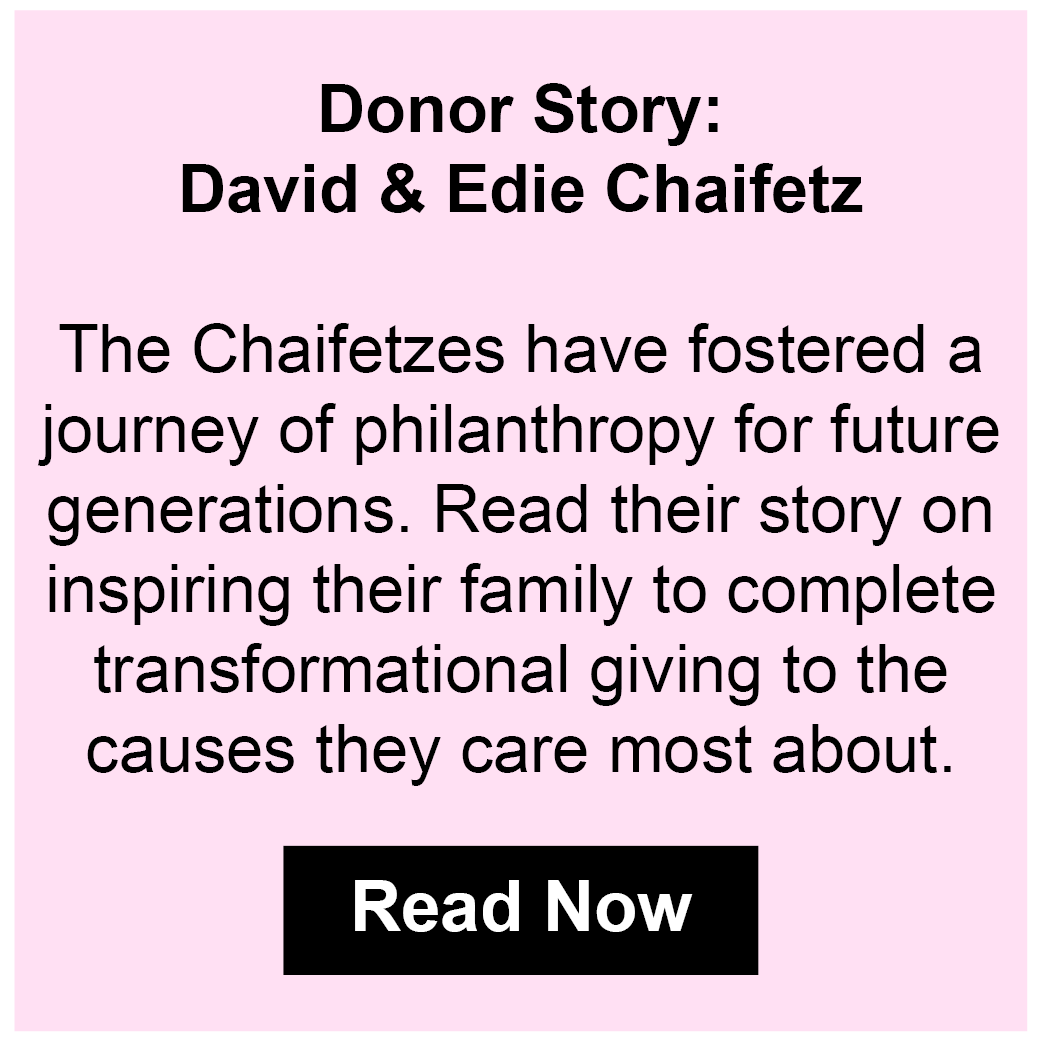
August Newsletter
A Note from Joe

It’s hard to believe August is upon us and that means season is just around the corner. The team at Gulf Coast is here to support you as you assist your clients in preparing for the upcoming charitable giving season as well as update their estate plans that may include the causes they care most about. We’re already hearing from many of you that you expect the next few months to be very busy as clients reach out with questions about possible tax law changes and how charitable giving can fit into estate and financial planning strategies.
Your August Content
We are here to help you serve your philanthropic clients. Below are two examples of the many ways we are your partner and your resource.
- We’re constantly on the lookout for ways to help your clients who want to leave a gift to their favorite causes. That’s the case all year round and especially during national Make-A-Will Month. Now is a great time to evaluate how best to help clients who may lean toward the frugal end of spending practices but want to support local nonprofits.
- Structuring estate and financial plans to leave just the “right” amount to children can be tough. The question often comes up – “how much is enough”. We can help you incorporate charitable giving into the plans you are developing for parents who want to provide for their kids but don’t want to demotivate children’s own quest for financial independence. We also examine the best strategies to ensure the proper assets are being passed to children and charity.
As always, thank you for the opportunity to work with you! We are honored to help you serve your charitable clients and proud to be your partner in philanthropy.

Identifying the "Why": Counseling Your Charitable Clients
“Will I outlive my wealth?” is no doubt a conversation that takes place more often than not with you and your clients. When it comes to charitable giving, clients don’t envision themselves as having the capacity to give during life, let alone seeing themselves as a “philanthropist.” The interplay between a client’s perception of personal wealth and charitable giving capacity presents interesting opportunities for client engagement. You may find yourself helping a client get comfortable with pursuing their charitable objectives while remaining secure in the knowledge that their financial plan is on track.
Whether clients choose to give to charity or not depends on a lot of factors. Here are a few themes to keep in mind as you work with clients who skew toward the more frugal end of spending practices, especially during national Make-A-Will month when estate planning may be top of mind. When a donor can actually see the difference they can make in someone else’s life, it can be lifechanging for both the donor and those on the receiving end of philanthropy. It can take on a whole new meaning of what’s my “why.” When you, as an advisor, are able to assist a client in identifying their why it might be one of the most, if not the most, satisfying elements of your job. The following might help you in beginning those conversations.
Stay within budget. A client’s fear of running out of money may be preventing them from investing more meaningfully in the causes they care most about. When savings-minded clients express charitable intentions, you can certainly guide the conversation toward showing them that their assets, income sources, expenses, and long-term projections are in good shape and leave them plenty of room to make charitable donations. When you lay out the big picture, even your historically cautious clients may see that they truly have more flexibility than they realize.
Understanding impact. My experience has been that most clients and donors are working off of a transaction mindset - Send a donation to charity and trust that the organization is doing good work. Some clients who watch every penny are concerned that giving modestly doesn’t really rise to the level of “philanthropist” and might not make a difference. This is where you can play a pivotal roll in educating those clients that being intentional in their giving will bring them much more satisfaction. For instance, if they donate $100 to an organization and clearly understand the impact that gift has on the mission of the organization, they can now begin to shift their mentality into a philanthropist mindset. These clients begin to realize that everyone can make a difference, from small gifts to large gifts and everything in between. Gulf Coast is happy to help your clients get started with charitable giving at a level that makes the most sense for them, whether that’s setting up a donor advised or other type of fund here, arranging for a bequest to a fund, or, for your clients who are 70 ½ and older, structuring a gift from an IRA to a designated fund to support a favorite nonprofit.
Bang for the buck. We can help show your clients how gifts of highly-appreciated stock to a fund can avoid capital gains taxes, thereby freeing up more resources to support favorite causes than if the client had sold stock, paid the tax, and then given the proceeds to charity. Our team can also help identify meaningful giving opportunities based on each client’s budget and areas of interest.
See results. By activating philanthropy plans during their lifetimes, your clients can experience the joy of giving and witness tangible returns on their investments. Plus, it can begin to identify their “why”. The Gulf Coast Team can arrange for a client to meet with nonprofit leaders and hear first hand the impact their money is making to improve peoples’ lives. This real-time feedback also allows us and your client to adjust giving strategies to more closely align with your client’s evolving intentions.
We look forward to working with you and your clients. Philanthropy is meant to be fun and rewarding for everyone involved. Our team is here to help make that happen!

How Much is Enough: Passing Wealth to Children
How much is too much? That’s a question many parents ask as they structure lifetime gifts and bequests to children in their financial and estate plans. Wealthy clients are sometimes concerned that leaving millions of dollars, or even hundreds of thousands, to their children could backfire and hinder their kids’ ability and motivation to achieve financial independence.
In addition to concerns about fostering entitlement and dependency, many parents are concerned that their children will miss out on the satisfaction of knowing they built wealth on their own.
 These parents believe that the challenges and struggles along the way will ultimately enrich their children’s lives with intangible benefits that are far greater than the obvious benefits that come with gifts or an inheritance of significant financial resources. In many cases leaving an inheritance of social capital can provide additional benefits.
These parents believe that the challenges and struggles along the way will ultimately enrich their children’s lives with intangible benefits that are far greater than the obvious benefits that come with gifts or an inheritance of significant financial resources. In many cases leaving an inheritance of social capital can provide additional benefits.
As you work with clients who feel this way, please reach out to us.
Every day, our team works with families who are in this exact situation. We'll help you evaluate strategies such as:
- Establishing philanthropic components of an estate plan so that children receive only the amount that can pass to them free of estate tax, with the rest passing to a charity, such as a donor advised fund. This is the social capital element. They can gain social prominence by holding the purse strings of funding for important projects that benefit our community as a whole.
- Setting up a donor advised fund at Gulf Coast to allow your clients to support favorite nonprofits during their lifetimes, with the terms of the donor advised fund providing that the children step in as successor advisors following the clients’ deaths.
- As successor advisors to the donor advised fund, the children can work with Gulf Coast to recommend grants to favorite nonprofits, support interest areas pre-selected by their parents, or both.
Many clients are attracted to this type of structure because not only could it avoid estate tax, but it also allows their children to stay involved with all of the family’s wealth, work together and keep sibling bonds strong, and get involved in the community. Of course there are plenty of other strategies to consider, CRTs and CLTs, that we can assist you with.
Please reach out to your Philanthropy Team anytime. We look forward to exploring strategies to help your clients meet their financial and tax goals, as well as honor their wishes for children to live happy and productive lives.
Retain Your Client's High Net Worth Children
Your Resource.
As you serve your philanthropic clients, we strive to be your resource and sounding board. Understanding the charitable side of the equation allows us to serve as a secondary source for you as you manage the primary relationship with your clients.
Connect with us anytime! It’s our pleasure to work with you in partnership as you help your clients achieve their charitable giving goals for this year and many years beyond tomorrow.



